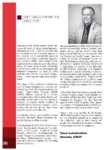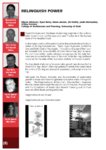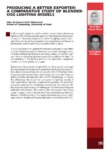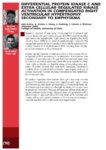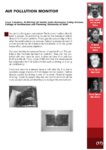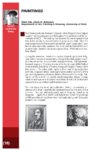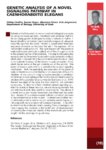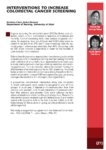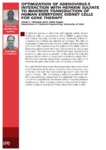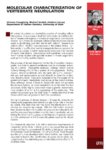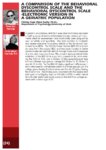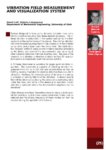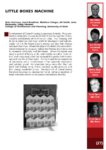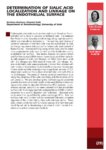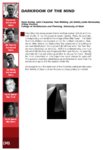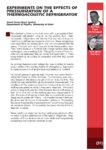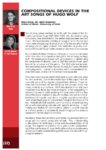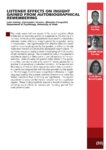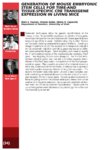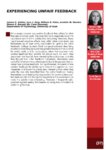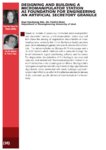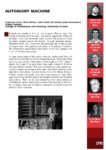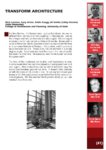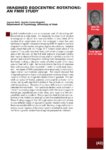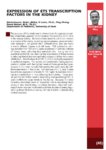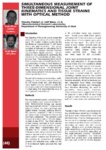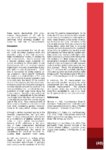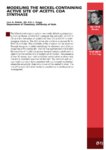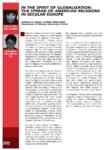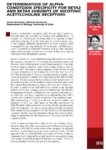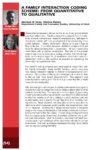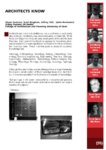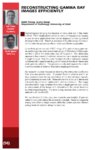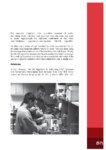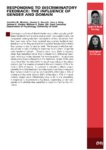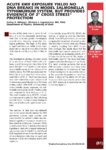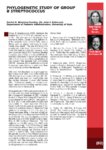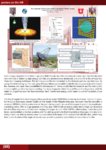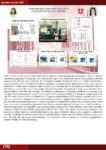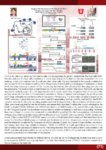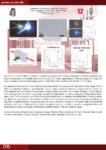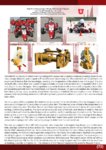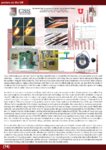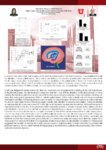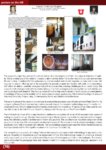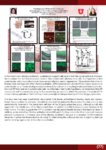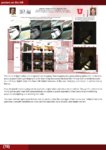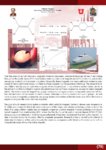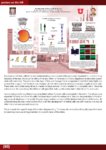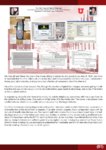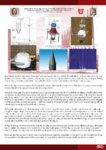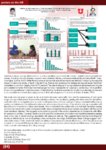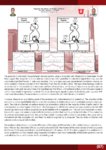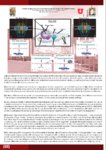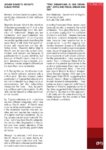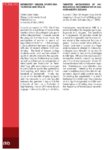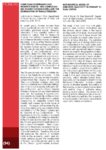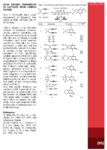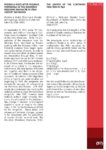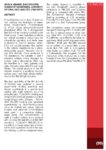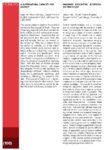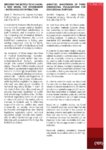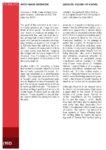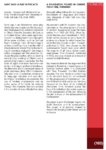| OCR Text |
Show posters on the hill Handheld Fault Location Systems for Aging Aircraft Wiring Greg Hill and Associate Professor Cynthia Furse, Department of Electrical and Computer Engineering Center for Smart Sensors Utah Center of Excellence A wire harness removed from a Naval Aircraft with vire insulated with aliphatic polyimide (Poly X). The cks in the insulation are through to the conductor. I unknown if the cracks are due to aging or if it was cracked when it was installed. Wire length is calculated from the reflection of sine wave transmitted on the wire PVC insulated wire from a :Na>al Aircraft. Fail were found under a clamp. Note the discoloration around the failure indicate electrical activity. I I I I A short circuit in a wiring h billion loss of Titan 4 rocket and s»U-llit On a cold morning your car won't start. It might be a dead battery, a corroded battery terminal, a broken battery wire or a bad alternator.... Here is a system with only a handful of connections, yet it may take you several tries to debug and diagnose the problem. Magnify that problem by 1000, and you have some idea what faces maintainers of aircraft and other complex denselywired systems. Aging wiring has been identified as an area of critical national concern, an area that the Center of Excellence for Smart Sensors at the University of Utah is working to address with fault finding methods capable of locating intermittent faults to within a few centimeters on live wires in flight. As today's military and commercial aircraft age past their teen years, the many kilometers of wiring buried deep within their structures begin to crack and fray. Once thought to be rare and benign, such faults are found by the hundreds in a typical aircraft. Unlike obvious cracks in a wing or an engine, damaged wire is extremely difficult to detect, but the resulting arcing and electromagnetic emissions can be just as deadly: faulty wiring has been implicated in the downing of Swissair 111 near Nova Scotia in 1998, loss of power to the guidance system and ultimate explosion of a Titan Rocket in 1998, and of TWA 800 off New York's Long Island in 1996. Indeed, any densely wired system is vulnerable-the space shuttle, nuclear power plants, subways and railroads, large industrial machinery, homes and business buildings, communication and power distribution networks, and even the family car. Public scrutiny has prompted strongly worded recommendations from the likes of NASA, the U.S. Federal Aviation Administration, and the National Transportation Safety Board (NTSB). "The safety of the nation's wire systems is an issue of major importance to us all," noted a White House report issued in 2001. Several months earlier, the NTSB concluded its lengthy investigation of TWA 800 with the verdict that a short circuit sparked an explosion in the center wing fuel tank. The condition of the wiring, it noted, was "not atypical for an airplane of its age." Among the NTSB's recommendations was to incorporate into aircraft "new technology, such asarc-fault circuit breakers and automated wire test equipment." The Center of Excellence is developing a set of wire testing sensors and tools, one of which is shown in this project. This system provides a handheld test system that is capable of precisely locating faults on wires. Greg's project provides a small, low cost alternative to bulky and expensive systems, and provides greater precision and accuracy. Maintenance personnel such as those at Hill Air Force Base need simple, effective methods for locating faults, and this is the first of a family of testers being created for this purpose. Eventually, this system will be shrunk to about the size of a bottle top to be integrated directly into the connectors of the wiring system. Greg's miniaturization of our computing system is an important step in this direction. This hardware replaces the PC previously used for analysis. Development of software that can run on his miniaturized computer is important to being able to transition this system to the smallest possible device. |






